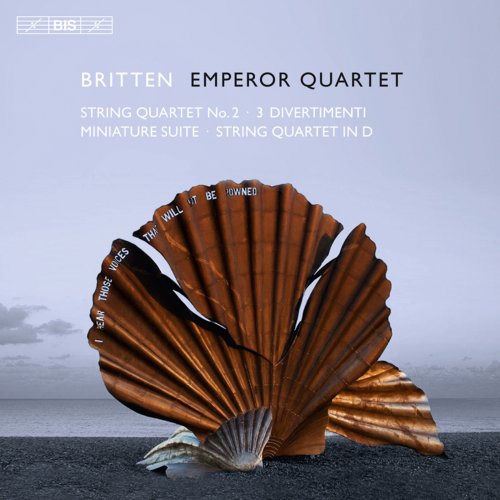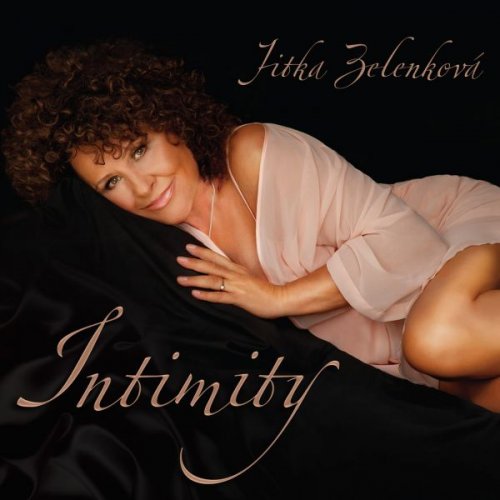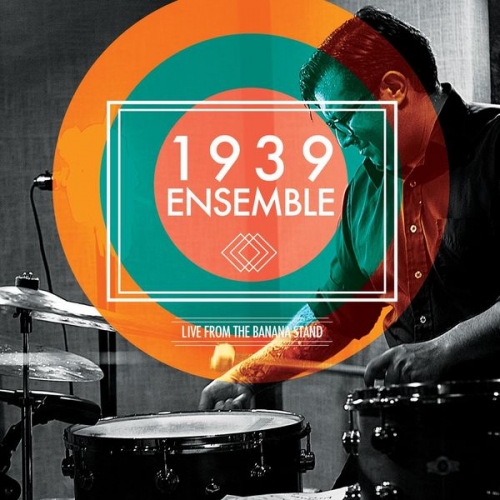Emperor Quartet - Benjamin Britten (2010)

Artist: Emperor Quartet
Title: Benjamin Britten
Year Of Release: 2010
Label: BIS
Genre: Classical
Quality: FLAC (image+.cue,log,scans)
Total Time: 01:11:54
Total Size: 335 Mb
WebSite: Album Preview
Tracklist: Title: Benjamin Britten
Year Of Release: 2010
Label: BIS
Genre: Classical
Quality: FLAC (image+.cue,log,scans)
Total Time: 01:11:54
Total Size: 335 Mb
WebSite: Album Preview
Benjamin Britten (1913-1976)
[1]-[3] String Quartet No. 2 in C major, Op. 36 (1945)
[4]-[6] Three Divertimenti (1936)
[7]-[10] Miniature Suite (1929)
[11]-[13] String Quartet in D major (1931/74)
Personnel:
Emperor Quartet
Martin Burgess and Clare Hayes - violins
Fiona Bonds - viola
William Schofield - cello
Could the opening have been written by anyone else? That almost modal, longing, questioning theme, over a pp ostinato that takes more than a minute to get to a clear statement of the key, when, as if arriving at a clearing in the woods, it all opens up into a certain skittish sunlight, to end in a quiet, unequivocal C Major. In fact, the sense of questions being put hovers over this movement as the thematic material returns in various guises. The briefer second movement is not untroubled. Indeed, it may be the darkest vivace ever written, and those questions keep coming back. The extensive third movement, called Chacony, contains the meat of the quartet and is the most related to Purcell, and the farthest from that earlier “symphony.” In form, it is a set of four variation groups separated by three interludes, for cello, viola, and first violin. This is the movement where the Emperor Quartet shows its greatest difference from the approaches of earlier quartets, most notably the Amadeus (to which the quartet was dedicated), which plays the first two movements in about the same time, but takes the third almost three minutes faster. I have heard the Amadeus play this quartet live, and its understanding of it is consistent and convincing. There was a sense, stronger in its recording, that those musicians had a grip on the quartet as an object called a string quartet. It is a forceful reading. But what I really like about the Emperor’s version is the sense of those returning questions, and the sense that there is more than a musical argument at stake here: that an ending is not necessarily a conclusion. Heard without reference to earlier recordings, the slower third movement acquires space that works in the Emperor’s whole reading of it.
The Three Divertimenti (1936) started out as parts of what was to have been a five-movement suite of an ironic character, of which only these three were ever completed. The author of the notes, Arnold Whittall, sees them as having a “rather brittle sophistícation,” and that is a reasonable description. They are already many miles from the Simple Symphony of a couple of years earlier. As a piece of programming, placing the Miniature Suite (1929) after it was a good way to lighten the serious mood. Britten was 16 when he wrote these four largely conventional genre pieces, which were found among his effects after he died. This is their first recording.
The String Quartet in D was written in 1931, given a quick reading, and then set aside. Apparently Frank Bridge, Britten’s much-admired teacher, thought it too madrigalesque. Britten revised it in 1974, since when it has returned to the repertory of his work. Sonically, it is more adventurous than the Divertimenti if not having the reach of the first quartet of 1941. Britten scholar David Matthews has observed that it has aspects that remind him of Tippett’s quartets of the same period. I hear something slightly more Continental, especially in the last movement.
The Emperor Quartet (Martin Burgess and Clare Hayes, violins, Fiona Bonds, viola; and William Schofield, cello) has been around since 1992 but has not appeared much in these pages, largely owing to the fact that it has not made many recordings. In Fanfare 29:6, Jerry Dubins did not like its playing, especially in a Beethoven quartet. I don’t know the recording that generated that judgement, but four years down the line and I can say that the group’s sound is smooth, supple, and sensitive. Interestingly, the musicians play with a minimum of vibrato, which lends a clarity of line, and BIS has given them a transparent recording (though the second movement of the C-Major quartet strikes me as a little hollow). -- Alan Swanson
The Three Divertimenti (1936) started out as parts of what was to have been a five-movement suite of an ironic character, of which only these three were ever completed. The author of the notes, Arnold Whittall, sees them as having a “rather brittle sophistícation,” and that is a reasonable description. They are already many miles from the Simple Symphony of a couple of years earlier. As a piece of programming, placing the Miniature Suite (1929) after it was a good way to lighten the serious mood. Britten was 16 when he wrote these four largely conventional genre pieces, which were found among his effects after he died. This is their first recording.
The String Quartet in D was written in 1931, given a quick reading, and then set aside. Apparently Frank Bridge, Britten’s much-admired teacher, thought it too madrigalesque. Britten revised it in 1974, since when it has returned to the repertory of his work. Sonically, it is more adventurous than the Divertimenti if not having the reach of the first quartet of 1941. Britten scholar David Matthews has observed that it has aspects that remind him of Tippett’s quartets of the same period. I hear something slightly more Continental, especially in the last movement.
The Emperor Quartet (Martin Burgess and Clare Hayes, violins, Fiona Bonds, viola; and William Schofield, cello) has been around since 1992 but has not appeared much in these pages, largely owing to the fact that it has not made many recordings. In Fanfare 29:6, Jerry Dubins did not like its playing, especially in a Beethoven quartet. I don’t know the recording that generated that judgement, but four years down the line and I can say that the group’s sound is smooth, supple, and sensitive. Interestingly, the musicians play with a minimum of vibrato, which lends a clarity of line, and BIS has given them a transparent recording (though the second movement of the C-Major quartet strikes me as a little hollow). -- Alan Swanson





![Erika Dohi - I, Castorpollux (2021) [Hi-Res] Erika Dohi - I, Castorpollux (2021) [Hi-Res]](https://www.dibpic.com/uploads/posts/2026-01/1767510062_a3988539433_10.jpg)


